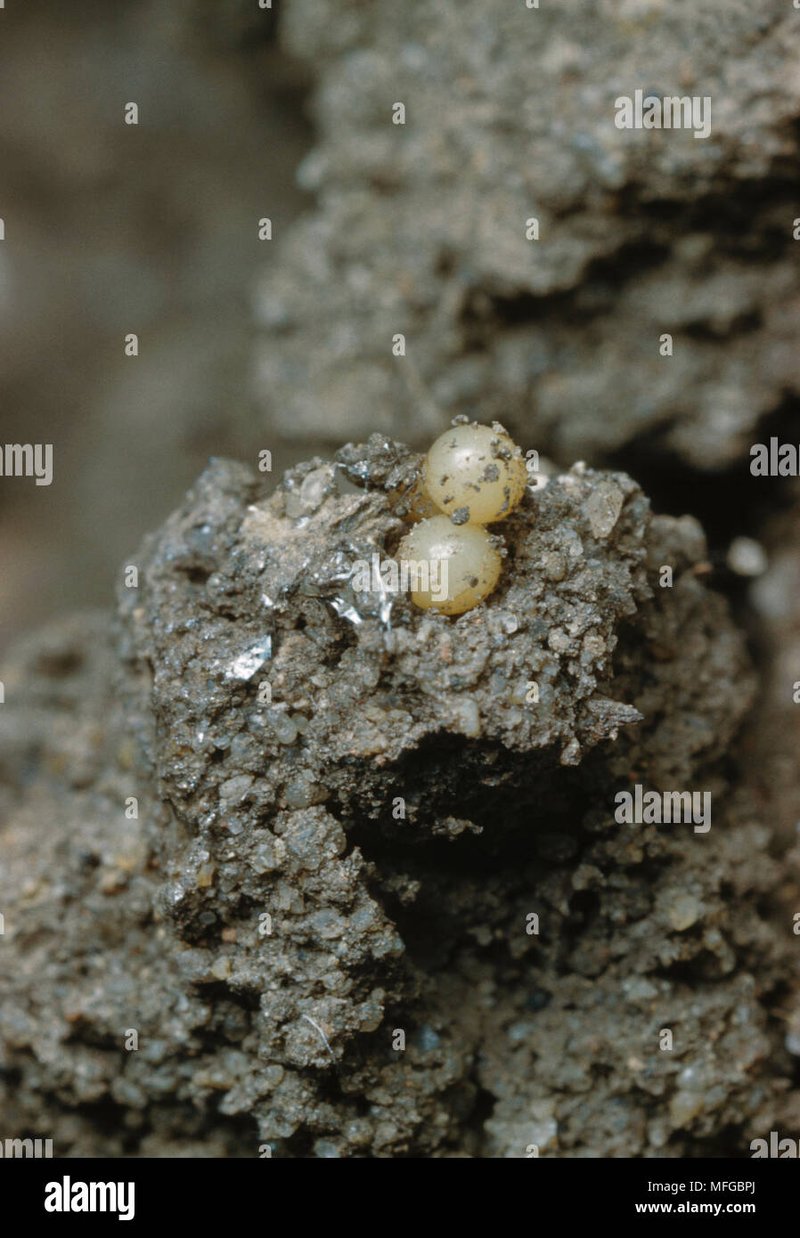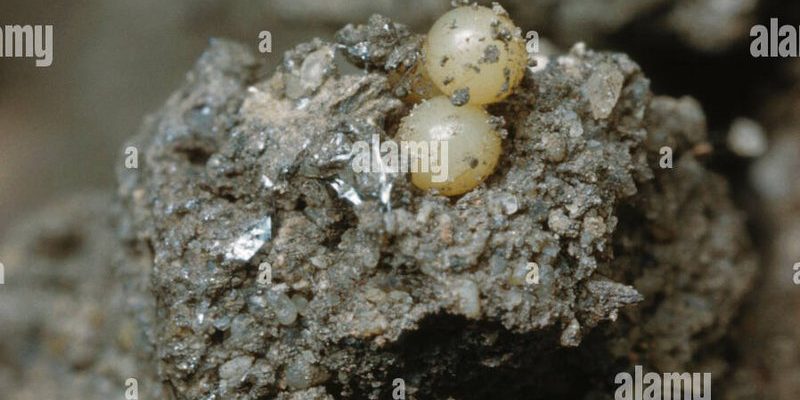
Let’s take a moment to appreciate how incredible nature can be. Just like a butterfly emerges from a chrysalis, glow worms start their journey as eggs and transform into captivating adults. So, if you’re curious about how to identify glow worm eggs and take care of them, you’re in the right place!
In this article, we’ll explore everything you need to know about glow worm eggs—from identification to care techniques. By the end, you’ll feel like an expert ready to tackle this fascinating topic with ease.
What Are Glow Worms?
To understand glow worm eggs, it’s essential to know a bit about glow worms themselves. Despite their name, glow worms aren’t actually worms; they are the larval stage of certain beetles, particularly those in the Lampyridae family. They produce light through a process called bioluminescence, their glow helping them attract mates or lure unsuspecting prey.
Glow worms are commonly found in moist, dark environments, often in caves, forests, and damp gardens. If you’ve ever walked through a forest at night and noticed that mesmerizing glow, you might have seen glow worms in their natural habitat. They typically thrive in environments where they can hang from surfaces, waiting for unsuspecting insects to draw near.
You might be wondering why these creatures glow. Well, here’s the thing: the light they emit is primarily for attracting food. The glow is a signal to other insects, particularly flies, that there’s a sticky trap nearby. Once the prey is caught, the glow worm has a meal!
Identifying Glow Worm Eggs
Spotting glow worm eggs can be a thrilling challenge. These eggs are quite small, usually measuring about 1-2 millimeters in diameter. They have a somewhat oval shape and are typically a pale yellowish color, blending in beautifully with their natural environment.
Look for glow worm eggs in areas where adult glow worms are present, like moist caves or shaded, damp foliage. The eggs are often laid in clusters, attached to surfaces such as leaves or rock faces, making them easier to spot in numbers. When you’re on the lookout, remember to keep your eyes peeled, as the eggs can be easily overlooked.
One thing to note is that the eggs often appear slightly translucent, which can make them resemble tiny beads when you find them. If you’re unsure whether you’ve found glow worm eggs, take a closer look. They will be clustered together, usually in a sheltered location, away from direct sunlight.
Care Conditions for Glow Worm Eggs
Once you’ve identified glow worm eggs, you need to create the right environment for them to thrive. Moisture is key, as these tiny eggs require a humid habitat to develop. If you’re working with eggs at home, you might want to consider a small terrarium to simulate their natural environment.
1. Humidity: Aim for a humidity level of around 70-80%. You can achieve this by lightly misting the habitat with water regularly and ensuring there’s adequate ventilation to prevent mold growth.
2. Temperature: Glow worms prefer cooler temperatures—ideally between 18°C and 22°C (65°F to 72°F). Avoid placing them in direct sunlight or near heat sources.
3. Safe Space: Provide a safe, dark space for the eggs where predators (like ants or other insects) can’t reach them. A well-constructed terrarium can be perfect for this.
If you follow these guidelines, you’ll create an environment where your glow worm eggs can safely develop into larvae.
Feeding and Nurturing Glow Worm Larvae
Once your glow worm eggs hatch (which can take anywhere from a few weeks to a couple of months), you’ll need to shift gears and focus on caring for the larvae. This is an exciting stage because you’ll get to see your glow worms grow!
Glow worm larvae are *predatory*, feeding on small insects that they catch with silk threads. Here are some tips on how to nurture them:
1. Insect Diet: Offer tiny insects like fruit flies or small moths. You can raise these in a separate container if you’re not comfortable collecting them from the wild.
2. Hygiene: Keep the habitat clean, removing any uneaten food or waste regularly. This helps prevent mold and keeps the larvae healthy.
3. Monitor Growth: As the larvae grow, they may need more space and consistent nourishment. Be observant, and when you notice they’re getting larger, consider moving them to a bigger enclosure.
Watching them feed and grow can be a magical experience. You might even notice that they begin to glow faintly as they mature!
Common Challenges in Raising Glow Worms
Taking care of glow worm eggs and larvae can be rewarding, but it also comes with challenges. Here are a few common issues you might face:
1. Temperature Fluctuations: If the temperature rises too high or drops unexpectedly, it can stress the glow worms and affect their development. Using a thermometer in the habitat can help you keep track.
2. Overcrowding: Glow worm larvae will grow, and if they’re overcrowded, they might not thrive. Make sure to give them enough space to move around without competing for resources.
3. Pests: As with any living creature, pests can be an issue. Regularly check for signs of unwanted insects in the habitat and remove them promptly.
By staying vigilant and attentive, you can help your glow worms thrive and enjoy their unique life cycle.
Releasing Glow Worms into Their Natural Habitat
After nurturing your glow worms through their early stages, you might wonder when it’s time to release them back into the wild. Ideally, once they reach maturity and you notice their glowing displays become more pronounced, it’s a good sign they’re ready to fly!
Before releasing them, consider the following:
1. Location: Choose a suitable location similar to where you found the eggs—damp, dark, and rich in insect life.
2. Time of Year: Spring and summer are ideal times for release, as these are the seasons when glow worms are actively seeking mates and food.
3. Safety: Make sure the area is free of pesticides and other harmful chemicals that could endanger them.
Releasing your glow worms back into nature can be a heartfelt moment, knowing that they’re going to light up the night sky again.
The Joy of Glow Worm Care
Caring for glow worm eggs is more than just about nurturing larvae; it’s a beautiful journey into the wonders of nature. From identifying tiny eggs to watching them transform into glowing adults, you’re participating in a fascinating cycle of life.
Honestly, there’s something quite magical about being part of this process, right from the beginning. It connects you to the natural world in a way that’s both humbling and exhilarating. So, whether you’re a novice or looking to deepen your knowledge, remember that each step you take in caring for glow worm eggs is a step closer to understanding their incredible role in our ecosystem.
With the right care and attention, you can enjoy the captivating journey of glow worms—from tiny eggs to mesmerizing, glowing wonders of the night. Happy glowing!

